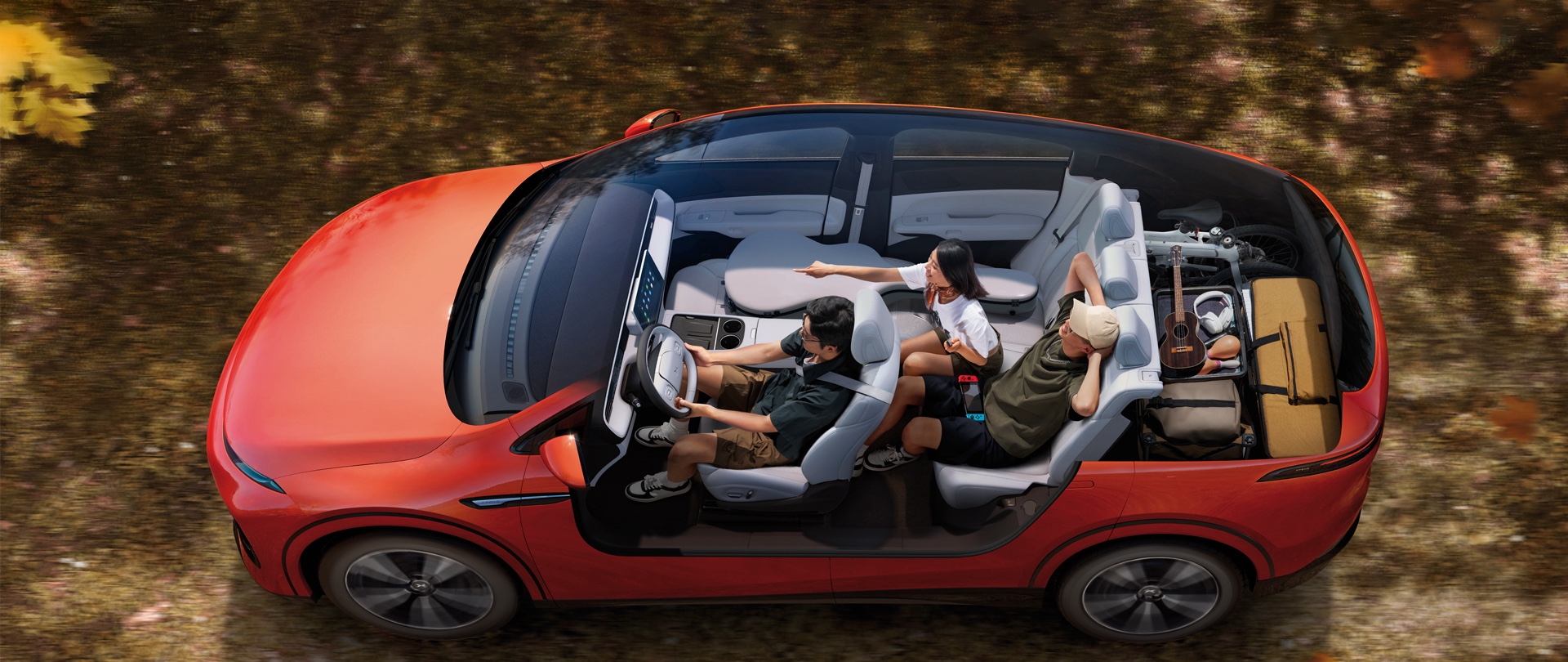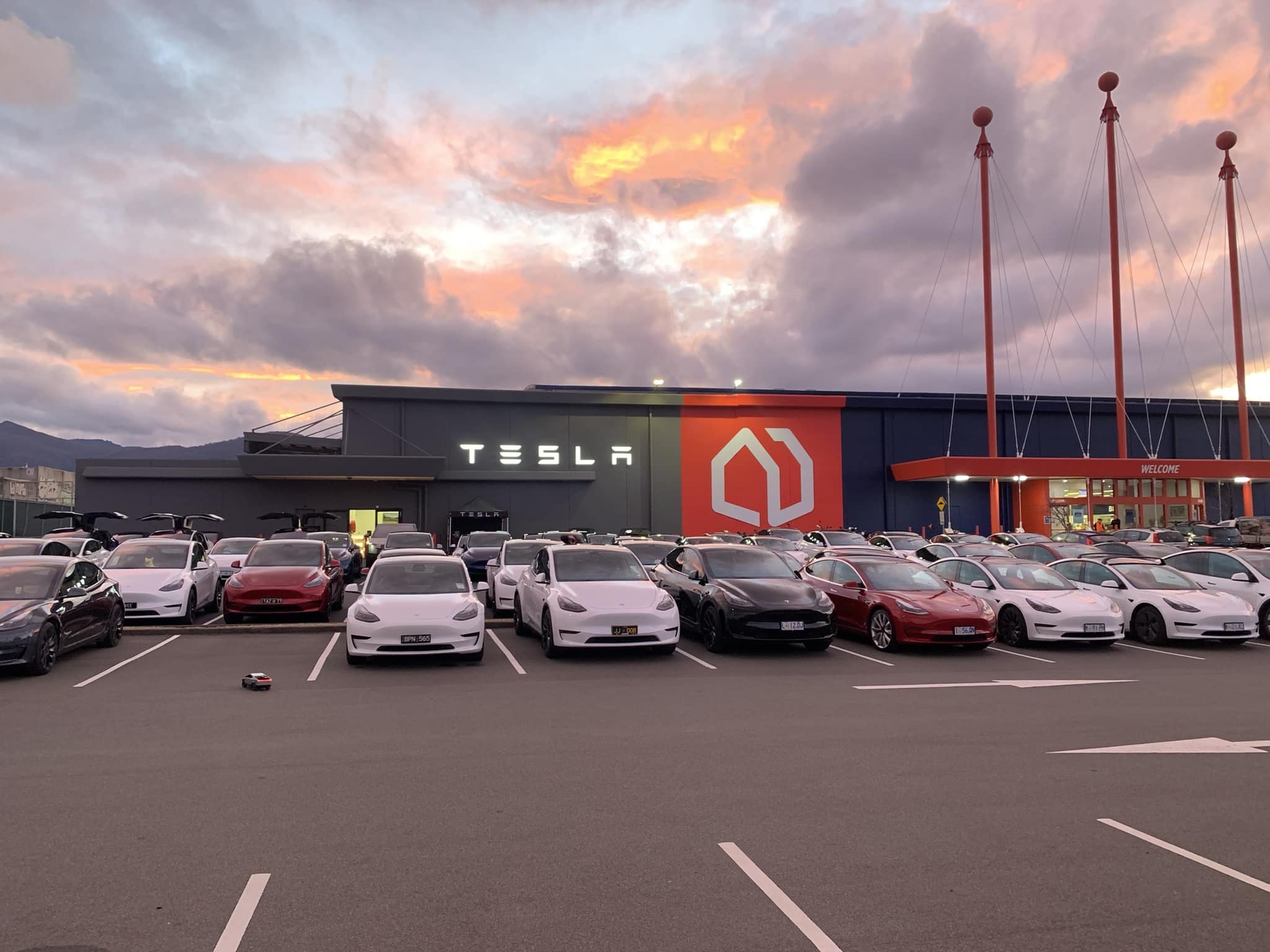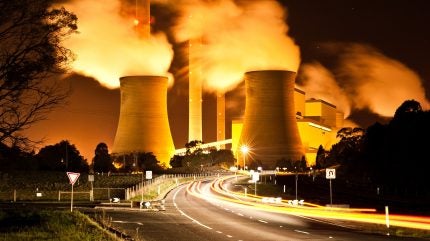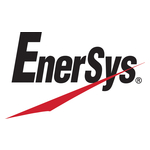Sign up for daily news updates from CleanTechnica on email. Or follow us on Google News!
About 8% of new cars sold in Australia in July were plug-in electric vehicles (battery electric and plug-in hybrid). That’s down from the H1 average of approximately 10%. At least it isn’t Groundhog Day. The spectacular launch of Xpeng into the Australian market is expected to shift the ground. Although New Zealand’s market is not rushing back to the highs of December 2023 when market penetration rates hit 25%, it is recovering slowly and in July reached a respectable 12%.

Let’s look at the larger market of Australia first. Under the headline “Hybrids star, EVs stall,” CarExpert notes: “A total of 102,181 vehicles were sold in Australia in July 2024, with a small decline in private sales offset by double-digit increases in business and government sales. Electric vehicle (EV) sales fell, but not by as much as it would initially appear.”
6,743 BEVs were sold in July 2024, a year-over-year (YOY) decline of 1.5 %. Market leader Tesla led the decline — down 34% from July 2023. Plug-in hybrids were up 129% to 2,209. Non-plug-in hybrids increased 88% to 18,039. The ratio of plug-in hybrids to BEVs has increased from 1 in 4 sales to 1 in 3 sales. Does this reflect a conservative fear of change? Possibly. It also reflects the greater range of PHEV options now available in the Australian market.
The top selling cars in the Australian market in July were the Toyota RAV4 (5,933), then the Ford Ranger (4,915), followed by the Toyota Hilux (4,747). The Tesla Model Y barely squeaked into the league table at number 19. Still, the Model Y scored the top spot among medium SUVs over $60,000, with 1,353 sales. The low numbers of Tesla’s can also be attributed to shipping schedules out of China in the first month of a quarter.
Top selling BEVs in Australia in July 2024 were (sales figures for July and then year to date):
- Tesla Model Y (1,353 | 13,869)
- Tesla Model 3 (1,239 | 11,839)
- BYD Seal (570 | 4,662)
- BYD Atto 3 (434 | 4,160)
- Volvo EX30 (313 | 1,314)
- MG4 (307 | 3,078)
- BYD Dolphin (226 | 1,474)
- BMW i4 (158 | 1,335)
- Kia EV6 (158 | 1,218)
- Polestar 2 (91 | 1,041)
There is very little change in the top 10. Hopefully, as new makes and models are released in Q4 from China, we will see a shakeup. Below the top 10, the MG ZS EV, the Toyota BZ4X, and the Great Wall Motors ORA are puttering along with about 100 deliveries a month. Year to date, 716 MG ZS EVs have sold into the Australian market, 675 GWM ORAs, and 647 BZ4Xs. It is sobering to reflect on the impact of BYD on MG ZS EV sales. Despite recent drastic price cuts, the MG is just not selling in anywhere near the volumes it was when first introduced.
The Mustang Mach-E has sold 388 vehicles this year. The Nissan Leaf continues in the marketplace, selling 231 during the first 7 months of 2024. It’s the last one left of the original three (Nissan Leaf, Renault Zoe, and BMW i3).
There are not many electric vans selling in Australia, but the LDV eDeliver is worth a mention, selling 101 units year to date. WhichCar reports that sales of electric vans are up 225% on 2023, from a very low base. Only 212 electric vans sold in the whole of 2023. At the moment, there is very little choice — just the Ford E-Transit, the Renault Kangoo EV, and the LDV. “The LDV reflects the rapid evolution of electric vehicles — it has more power, greater range and is cheaper than the Mercedes eVito which went on sale in 2022.” Volkswagen is promising the ID.Buzz (but we haven’t got the ID.4 yet, so forgive me for not holding my breath), and Mercedes-Benz the eSprinter.

There are lots of exciting events happening in the south of the country with the Melbourne Electric SUV Expo. Xpeng had to show off by displaying the AeroHT flying car. Brisbane is already touting the use of electric flying cars (eVTOL) for the 2032 Olympics. Xpeng is planning to launch the G6 midsize sedan next month and is already taking orders. Three more models should follow shortly after — the G9 large SUV, the X9 luxury people-mover, and the P7 scissor-door sedan. Zeekr exhibited the X, due to arrive in Australia in October, as well as the Zeekr 009 due to arrive in November.

Polestar was represented by the new Polestar 3 and 4, and MINI displayed the electric Countryman E and SE. The end of the year is looking crowded for EV launches — we are still awaiting news of the BYD Sea Lion 07, the BYD Seagull, and new cars from the Stellantis/Leap Motor stable. No idea where Volkswagen has gotten to? And then there are the promised utes — the Shark from BYD, the JAC T9, the LDV Maxus GST, the Geely RADAR RD6, and the Ssangyong (KGM).
Further south in Australia’s island state of Tasmania, Tesla has opened its first showroom. And what an opening, with over 60 Tesla drivers showing up and performing a light show. Tasmania is known as Australia’s green state, as it has generated most of its electricity from hydropower for many years.


James from EVDB tells me that despite the loss of New Zealand government support and high inflation, EVs sales numbers are holding steady at 12% in the land of the long white cloud. EV sales are down 70% year on year, while petrol- and diesel-powered car sales are down 25% and hybrids are steady. In response, prices have fallen — Leafs and ORAs are available for under NZ$30,000. MG has discounted the MG4 and the MG ZS EV. Most BEV purchases are for fleets.
The New Zealand top 10 is quite different to the Australian one, led by the BYD Atto 3 (59 units), closely followed by the Tesla Model Y (56), Volkswagen ID.4 (43), Tesla Model 3 (42), Kia EV9 (31), VW ID.5 (29), MG4 (26), BYD Dolphin (23), MINI Countryman (23), and number ten Mini Cooper (21).
Kia’s EV9 in the top ten is a surprise for such an expensive vehicle. If Volkswagen can supply right-hand-drive cars to such a minuscule market as New Zealand (and make the top ten), why can’t it ship them just that little bit further to Australia? Same could be said of the Skoda Enyaq.
It appears to me that we need to find a way to move the general public from believing the FUD having FOC (fear of change) to having FOMO (fear of missing out). As car salespeople and buyers see the rEVolution pick up speed, they may develop a severe case of FOMO and the last moments may prove to be more rapid than we expect. The future still looks bright and electric.
Have a tip for CleanTechnica? Want to advertise? Want to suggest a guest for our CleanTech Talk podcast? Contact us here.
Latest CleanTechnica.TV Videos
CleanTechnica uses affiliate links. See our policy here.
CleanTechnica’s Comment Policy





